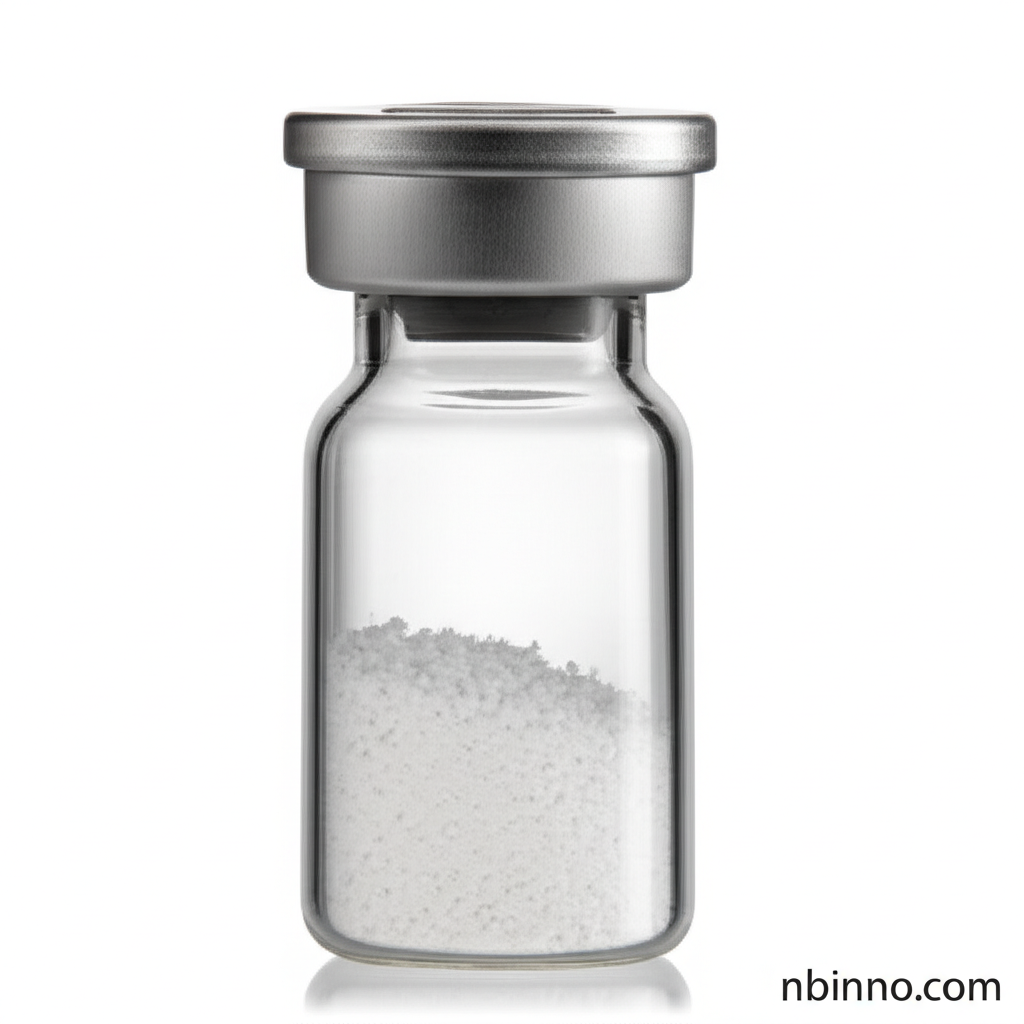Plasmin (CAS 9001-90-5): A Key Enzyme in Fibrinolysis and Beyond
Unlock the potential of plasmin for your research and diagnostic needs with our high-quality human plasma-derived enzyme.
Get a Quote & SampleProduct Core Value

Plasmin
Plasmin, a crucial enzyme with the CAS number 9001-90-5, is central to the process of fibrinolysis. Derived from human plasma, this protein functions as a serine protease, playing a vital role in degrading fibrin clots and other plasma proteins. Its ability to break down fibrin is essential for maintaining healthy blood flow and preventing pathological clotting. Researchers utilize plasmin for its specific enzymatic activity in studies related to coagulation, hematology, and various immunoassays, making it a valuable tool in the life sciences.
- Explore the fibrinolysis mechanism with plasmin: Understand how this enzyme facilitates the breakdown of fibrin clots, a critical process in hemostasis.
- High-quality human plasma plasmin: Sourced from human plasma and available in a convenient lyophilized powder form for easy reconstitution and use.
- Applications in research and diagnostics: Widely employed in coagulation studies, hematology research, and as a component in immunoassay development.
- Reliable plasminogen activator inhibitor 1 role analysis: Facilitate studies examining the balance between plasminogen activation and inhibition for a comprehensive understanding of the fibrinolytic system.
Key Advantages of Using Plasmin
Precise Enzymatic Activity
Leverage the specific proteolytic activity of plasmin for accurate and reproducible experimental results in fibrinolysis studies.
Versatile Research Applications
Utilize plasmin for diverse applications, from investigating blood clotting disorders to developing diagnostic assays for various medical conditions.
Ensured Purity and Quality
Benefit from a high-purity product, often exceeding 90% purity via SDS-PAGE, ensuring reliable performance in sensitive assays.
Key Applications
Coagulation Research
Investigate the intricate processes of blood clot formation and dissolution, understanding the role of plasmin in maintaining vascular health.
Hematology Studies
Analyze blood cell functions and disorders, using plasmin as a tool to understand hematological pathways and disease mechanisms.
Immunoassay Development
Incorporate plasmin into diagnostic assays for detecting specific biomarkers or studying enzyme-substrate interactions.
Biomedical Research
Explore the therapeutic potential of fibrinolytic agents and understand the enzymatic mechanisms underlying various physiological and pathological processes.
